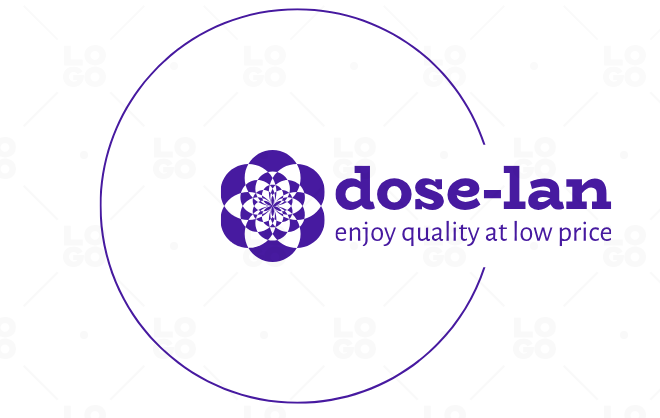Style
The Risks of Psychedelic-Assisted Therapy
While many have heard of psychedelics being used solely for recreational purposes, they are now being explored for their mental health benefits.1
Despite mounting research exploring the therapeutic efficacy of these drugs, many wonder if they are dangerous. When psychedelic drugs are used in controlled environments, like a psychedelic-assisted therapy clinical trial, they are typically considered low-risk.
This article will explore potential dangers associated with psychedelic-assisted therapy, including its risks, considerations to keep in mind, and contraindications.
What Is Ecstasy (Molly)?
How Psychedelics Are Used in Psychedelic-Assisted Therapy
Psychedelic-assisted psychotherapy treats depression, obsessive-compulsive disorder, post-traumatic stress disorder (PTSD), and substance abuse disorder.1
In a psychedelic-assisted psychotherapy session, a clinician will administer a dose of a hallucinogenic drug. The drug utilized is dependent upon the treatment rendered. For example, some clinicians use MDMA or ketamine, while others rely on magic mushrooms.
What Happens in a Psychedelic-Assisted Therapy Session?
The drug is administered: Once the client has received their dose of the drug, they will be invited to simply relax.
The patient can begin to speak when they’re ready: The clinician is present for the duration of the session. Rather than immediately engaging the client in talk therapy, which often happens in traditional psychotherapy, the clinician will wait for the client to begin speaking freely. The client may remark on the thoughts and sensations they’re experiencing, connecting them to the issue they’re working to heal in session. Other times, the client may speak about unrelated topics.
The clinician will help interpret the client’s thoughts: The clinician is present to make meaning out of the client’s experience, leading the client to have deep therapeutic insights. Currently, psychedelic-assisted psychotherapy is only conducted in clinical trials.
Psychedelic-Assisted Therapy Uses a Controlled and Safe Environment
It is important to note that psychedelic-assisted psychotherapy utilizes psychedelics in a controlled environment. This means that everything from the dosage of the drug to how the person ingesting the drug is being supported has been designed for safety. Utilizing these drugs in a controlled environment is considered to be safe.2
What Are Psychedelic Drugs?
Are There Risks Associated With Psychedelic-Assisted Therapy?
When psychedelic drugs are used in controlled environments, like a psychedelic-assisted therapy clinical trial, they are typically considered low-risk. This means that when administered under the supervision of a clinician, there is minimal risk of harm to self and others while under the influence.
What Are Psychedelic Drugs?
Recreational Psychedelic Use Is Not Recommended
Psychedelics used recreationally can be very dangerous. While they are approved for clinical research at this time, that does not mean they can be used freely. Therefore, legal action can be taken against you for dabbling in these drugs illegally.
If you or a loved one are struggling with substance use or addiction, contact the Substance Abuse and Mental Health Services Administration (SAMHSA) National Helpline at 1-800-662-4357 for information on support and treatment facilities in your area.
For more mental health resources, see our National Helpline Database.
Plus, taking them recreationally comes with increased safety concerns, like the risk of taking too high of a dose or being in an unpredictable environment while under the influence.

